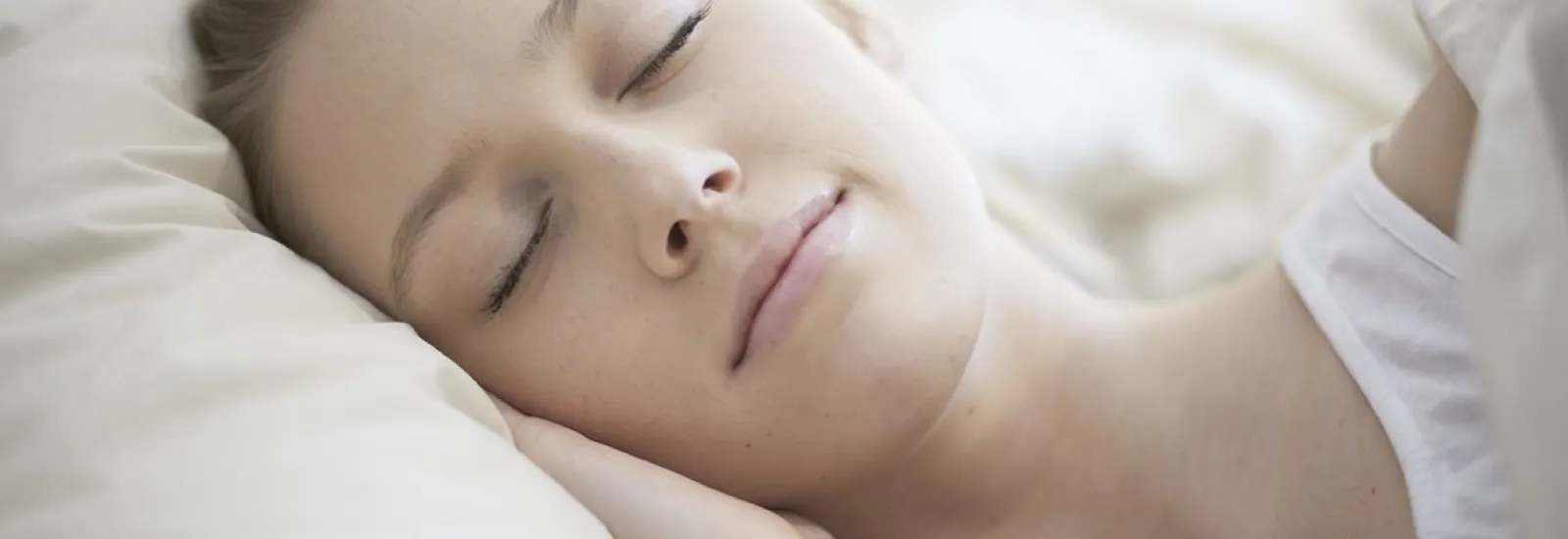
Sleep Apnea
“Apnea” means the absence of breathing. During sleep, breathing changes with its stage and depth. Some individuals stop breathing for brief intervals as often as several times an hour. This can be normal. However, when these episodes of apnea become more frequent and last longer, they can cause the body’s oxygen level to fall and also disrupt sleep. The sleeper might not fully awaken but does lose the deep, restful stages of sleep and will feel tired the next day.
With sleep disrupted night after night, a sleep apnea victim faces increasing daytime sleepiness that leads to irritability, memory lapses, inattention and personality changes. These symptoms can cause poor work or school performance. Everyone has experienced feeling sluggish the day after a night of poor sleep. Obviously, many nights short of restful sleep bring many days without joy or success.
In addition to daytime problems, sleep apnea can injure organ systems. For example, the decrease in oxygen with each episode of apnea can alter heart function and increase the work the heart has to do. Some scientists suspect that apnea contributes to high blood pressure and stroke risk. Severe cases can even be life threatening by causing severe disturbances in heart rhythm.
Obstructive Sleep Apnea
Obstructive sleep apnea, the most common sleep apnea, happens when a temporary obstruction of the main airway, usually in the back of the throat, blocks breathing. This often occurs because the tongue and throat muscles relax, closing the airway. The chest and diaphragm muscles continue breathing efforts, but the obstruction prevents any airflow for an interval lasting seconds to minutes.
When this happens, the body’s oxygen level drops, causing breathing efforts to become more vigorous, which eventually opens the obstruction and allows airflow to resume. This often occurs with a loud snort or jerking of the body and partially rouses the sleeper. After a few breaths, the oxygen levels return to normal, sleep resumes, the muscles of the main airway relax and the obstruction recurs. And on the cycle goes all night long through different patterns of sleep.
Most with obstructive sleep apnea snore, suggesting partial obstruction of the main airway. But not all snorers have obstructive sleep apnea.
In some severe cases of obstructive sleep apnea, a blower, called nasal continuous positive airway pressure (NCPAP) is used to create continuous air pressure in the throat, which prevents the obstruction. When sleeping, you will be asked to wear a small over-the-nose mask that is attached to the CPAP machine. Surgical therapies can also be a benefit in some cases.

